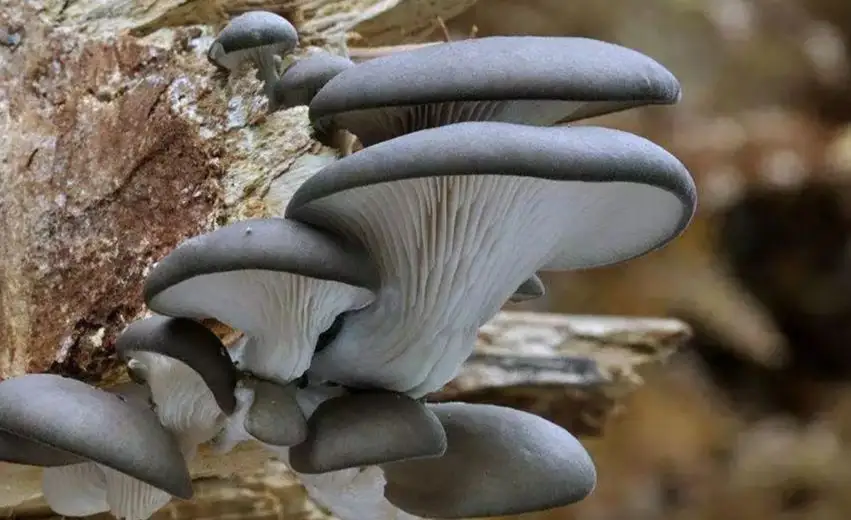Baby pants is a non-woven hygiene product for infants and young children, its main function is to absorb urine and feces. In 2015, China introduced a two-child family planning policy. In the 1980s, young people born in the 1990s began to enter the stage of reproductive age. This group has higher requirements on the safety and hygiene of infant care, and the use of related products has also greatly increased. With such a huge market size, the generation of solid waste cannot be ignored. It is estimated that China's daily consumption of baby pants exceeds 30 million tablets. The total amount of single-use baby product waste in the EU accounts for 1.5% of MSW. Waste diapers make up 15 percent of municipal solid waste in parts of Mexico.
The edible fungi of the genus Pleurotus are found in tropical and subtropical rainforests. It can be grown artificially because it is widely grown in substrates containing hemicellulose, cellulose and lignin. The output and consumption of Pleurotus chinensis in my country has reached 90% of the global output, and it has a broad market for edible fungi sales and cultivation. Plerotusostreatus has high nutritional value and medicinal value. Pleurotus ostreatus has fast growth rate of mycelium and fruiting body, low cultivation cost, less disease infection, and also has an indicator effect on mineral elements in the cultivation environment. In addition, Plerotusostreatus is widely cultivated in China because of its rich varieties, and it is not restricted by regions. According to statistics, the prices of traditional substrate raw materials such as corncob, cottonseed husk, and sawdust fluctuate severely. Discarding baby pants substrates can greatly reduce the production cost of pleurotus ostreatuss. In order to effectively utilize the waste resources, drawing on the creativity of Mexican scholars in baby pants kinds of mushrooms, and proceeding from the actual situation in China, a low-cost and rapidly popularized pleurotus ostreatus degradation method was selected to recycle waste.

According to the European Disposables and Nonwovens Organization Sustainability Report, the conventional baby pants% produced in 2013 includes wood pulp fluff 24%, non-woven polypropylene material 21%, low density polyethylene film 5%, polymer water absorbent resin 33%, elastic and sticky ingredients 17%. From 1987 to 2013, due to the continuous application of polymer water absorbent resin (SAP) in product applications, the mass of each piece of baby pants wood pulp fluff decreased from 52.8g in 1987 to 9.1g in 2013, and the mass of SAP increased from 0.7g to 12.6g. To sum up, the fluff content of wood pulp will gradually decrease, while the superabsorbent resin content will continue to rise. At present, there are few studies on the promotion of pleurotus ostreatus growth by SAP in my country. It has been shown that SAP has obvious water-replenishing effect on pleurotus ostreatus in the cultivation of pleurotus ostreatus. The best results were obtained when SAP was used at a concentration of 0.5% of the matrix. The mycelium can be covered 2d~5d in advance, the mushrooms can be produced 4d~6d in advance, and the yield can be increased by about 20%.
Based on the above actual situation, this kind of research not only further studies the addition amount of traditional matrix, but also studies the effect of the addition amount of baby pants SAP in the matrix on the ability of pleurotus ostreatus to degrade the matrix, as well as the nutrition and food safety of pleurotus ostreatus entity.
Comment(0)
You can comment after
SIGN IN